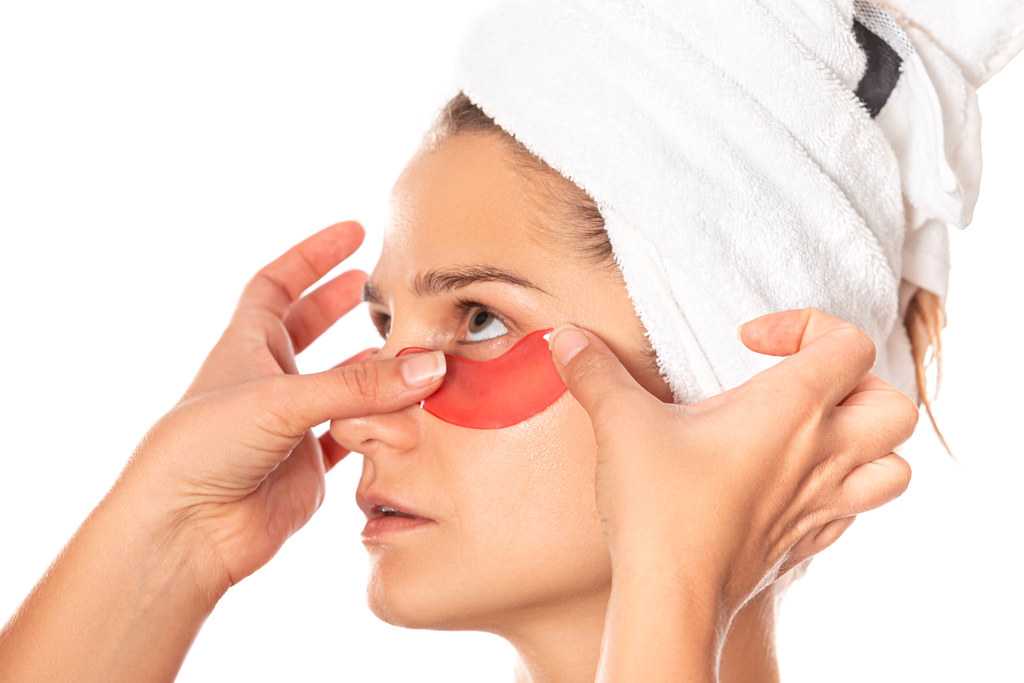Hyperbaric Oxygen Therapy (HBOT) is a remarkable medical treatment that has garnered FDA approval for a variety of conditions. This therapy involves breathing pure oxygen in a pressurized chamber, a process that can bring significant health benefits as well as some side effects. Let’s explore the world of HBOT, its benefits, potential side effects, and the scope of its FDA approval.
What is Hyperbaric Oxygen Therapy?
HBOT is a treatment wherein patients breathe 100% oxygen at a pressure higher than normal atmospheric pressure in a specialized chamber. This increased pressure allows more oxygen to dissolve in the blood, which can reach and rejuvenate damaged tissues.
FDA-Approved Uses of HBOT
The U.S. Food and Drug Administration (FDA) has approved HBOT for several medical conditions, including:
- Air or Gas Embolism: Air bubbles in blood vessels which can block blood flow.
- Decompression Sickness: Also known as ‘the bends’, often affecting divers.
- Carbon Monoxide Poisoning: HBOT can quickly reduce carbon monoxide levels in the blood.
- Gas Gangrene: Caused by Clostridium bacteria, leading to tissue death.
- Non-Healing Wounds: Such as diabetic foot ulcers, where increased oxygen can accelerate healing.
- Infections in which tissues are starved for oxygen: Like gangrene or flesh-eating disease.
- Hearing Loss: Sudden idiopathic hearing loss.
Benefits of HBOT
- Enhanced Wound Healing: By increasing oxygen supply to damaged tissues.
- Reduced Risk of Infection: Oxygen-rich environments can inhibit bacterial growth.
- Neurological Improvements: In cases like stroke, where increased oxygen can promote healing in brain tissues.
- Reduced Inflammation: HBOT has been found to reduce inflammation, which is beneficial in conditions like Crohn’s disease.
Potential Side Effects
While HBOT is generally safe, it can have side effects, including:
- Ear and Sinus Discomfort: Due to changes in air pressure.
- Temporary Nearsightedness (Myopia): Caused by oxygen toxicity in the lens of the eye.
- Lung and Central Nervous System Oxygen Toxicity: Occurs when too much oxygen is breathed in.
- Claustrophobia: Due to being in an enclosed space.
Conclusion
Hyperbaric Oxygen Therapy is a fascinating and beneficial medical treatment with a range of FDA-approved applications. Its ability to enhance healing, fight infections, and improve neurological conditions makes it a valuable tool in modern medicine. However, like any treatment, it’s important to understand its potential side effects. HBOT continues to be a subject of ongoing research, promising new therapeutic possibilities in the future.



